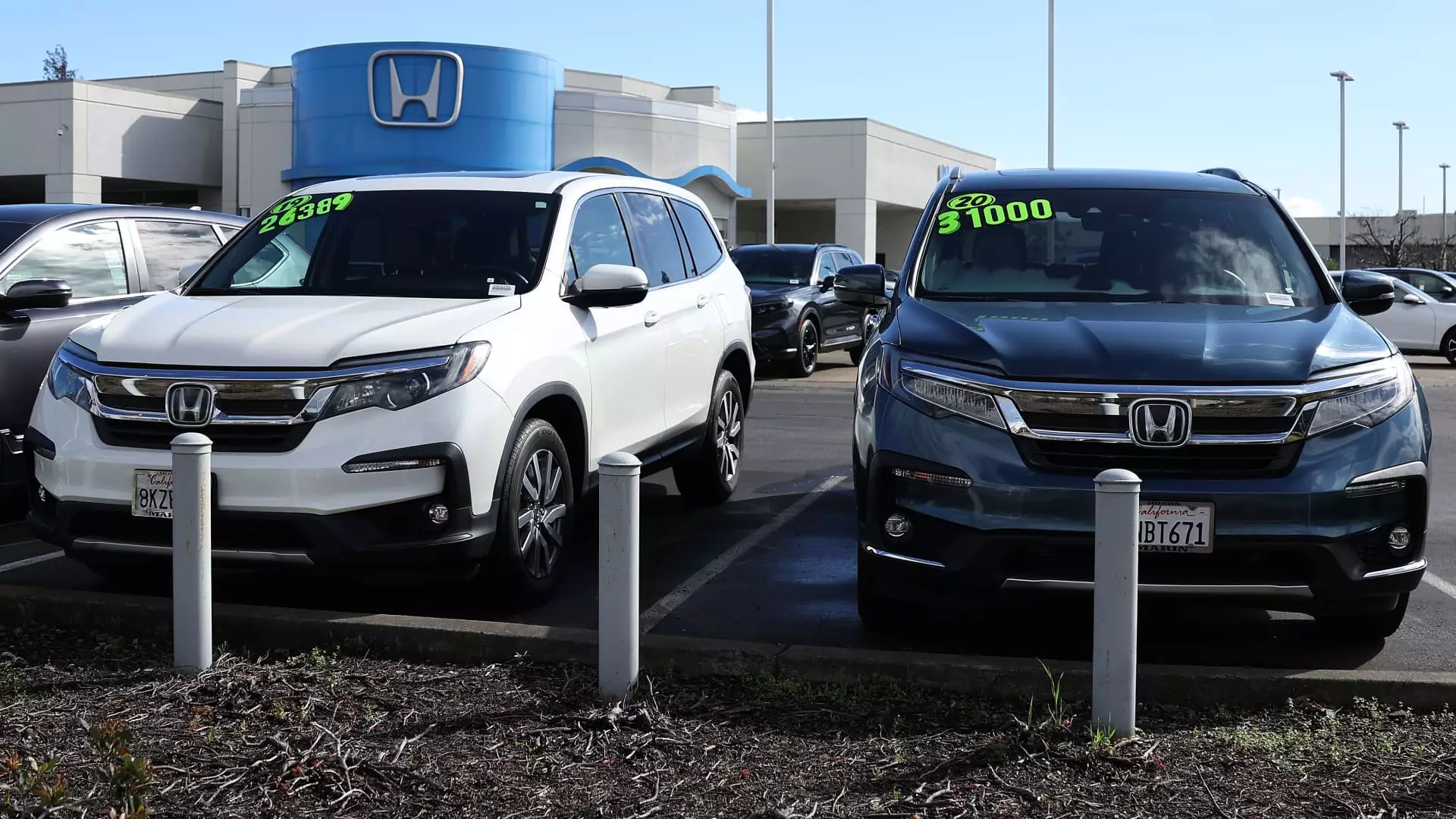The used vehicle market has experienced considerable turbulence over the past few years, primarily driven by unprecedented conditions stemming from the Covid-19 pandemic. As we move into 2025, insights from auto data and logistics firm Cox Automotive indicate that the market is on a path toward stabilization, albeit still at elevated price levels compared to the pre-pandemic era. Following a period marked by extreme volatility, characterized by sharp price escalations, the industry seems poised for a more predictable trajectory.
The Manheim Used Vehicle Value Index, which serves as a barometer for wholesale vehicle prices across U.S. auctions, is forecasted to end 2025 with a modest 1.4% price increase. This marks a notable shift from the severe price drops of 15% and nearly 7% witnessed in the years preceding this stabilization. Steep price increases of 46.6% in 2021 and 14.2% in 2020 are now historical footnotes as the market recalibrates. Notably, these spikes were largely a direct result of new vehicle shortages caused by broken supply chains. The Biden administration had even acknowledged the role of inflated used vehicle prices as a contributing factor to the broader inflationary pressures felt across the economy during this tumultuous period.
For potential car buyers, the expectation of price stabilization is generally positive news, as buyers can anticipate fewer extreme fluctuations. However, it is crucial to consider that used vehicle prices remain significantly higher than those seen prior to the pandemic. While wholesale prices have begun to stabilize, retail prices for consumers have not adjusted as quickly. This disparity suggests that the market dynamics may still favor sellers, leading to cautious optimism for those looking to purchase used cars.
Cox’s report highlights that the average listing price for a used vehicle was approximately $25,565 at the start of December 2024. Interestingly, while this represents a slight monthly increase from the previous month, it reflects a 3% decline from a year earlier. The continued higher price point indicates lingering inflationary effects from the pandemic, posing challenges for budget-conscious consumers.
As we cast our gaze toward 2025, Cox Automotive predicts that used vehicle sales could rise marginally by 1% to around 37.8 million units. This includes a significant 20.1 million in used vehicle retail sales, illustrating continued demand in the market. Jeremy Robb, a senior director at Cox, indicates that while the pandemic’s market distortions are gradually subsiding, ongoing volatility should be anticipated as part of the landscape. The average year-end price increase of 2.3% generally provides a frame of reference for the market’s behavior, though recent years have skewed this trend.
While signs of stabilization in used vehicle prices give hope to buyers, the market is still navigating the ramifications of past price hikes and supply chain issues. Consumers contemplating purchases should remain aware of market conditions and approach decisions with careful consideration to ensure optimal outcomes in this evolving economic climate.

